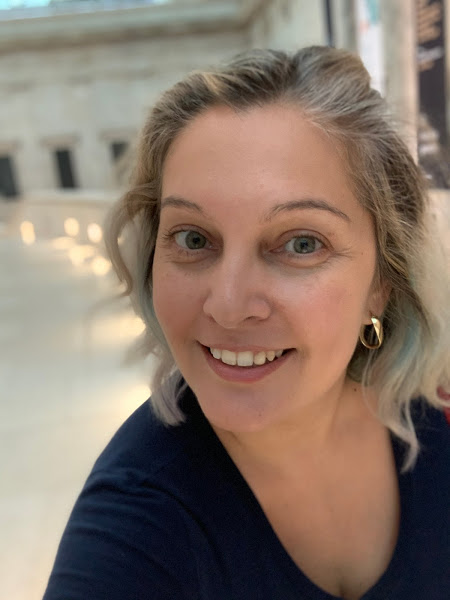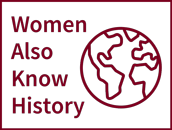Participant Info
- First Name
- Carla
- Last Name
- Ionescu
- Country
- Canada
- State
- carlaion@yorku.ca
- Affiliation
- York University, Toronto, Canada
- Website URL
- imaenad.com
- Keywords
- Artemis, Ephesus, goddesses, ritual, religion, ancient, history, Greece, Roman, archaeology, women, worship, spirituality, culture, temples, bees, travel,
- Availability
- Media Contact
- Additional Contact Information
- I am available for all academic adventures 🙂
- PhD
- PhD
Personal Info
- Photo

- About Me
As one of the leading experts in the worship and ritual of Artemis Ephesia, Dr. Ionescu spends most of her time teaching in the field of Ancient History and Women’s Studies, and/or applying for grants to support her research travels. Currently Dr. Ionescu is teaching at York Trent University in the field of Ancient History and Classics.
In the summers she scavenges new locations and cities worldwide, digging through the remains of grave sites, ruins, and abandoned buildings, trying to uncover the long-lost mystery that is Artemis, The Great Mother.
- Recent Publications
-
Bearing the Weight of the World: Exploring Maternal Embodiment, 2018Abstract: Tabooed, worshipped, and sometimes exploited, the female breast is a visible, tangible and beautiful feature of the female body. Although it is a secondary sexual organ, and not necessary for reproduction, the female breast has an aesthetic and a functionality that makes it distinctly female. While the breast is physiologically a mammary gland designed to provide nourishment to newborn babies its physical feature, its sensitivity, and its oral practicality have created a fascination that influences the value placed on it both by men and women (Jones, 15). To understand contemporary attitudes about the female breast, it is necessary to analyze traditional and persistent symbolism, and imagery, around the concept of breastfeeding, and providing natural substance that has influenced modern Western culture. In monotheistic cultures such as Judaism, Christianity, and Islam, the breast manifested sacredness and was believed to be the “spiritual nurturance of all Christian souls” (Yalom, 5). This tradition harkens back to the Paleolithic period where archaeologists found female figurines sculpted out of bone, stone, or clay, with prominent breasts, and a voluptuous female figure believed to be a symbolism of fertility, and healthy offspring. This paper will examine the primordial, exhilarating, and monstrous image of the multi-breasted goddess Artemis Ephesia, through the continued exhibition and overlapping influence of art and sculpture, and the discourse of mothering roles and identities reflected in Mother Goddess ritual and tradition.
- Media Coverage
- Social Media
- artemisexpert
- Country Focus
- Greece
- Expertise by Geography
- Mediterranean, Middle East, Western Europe
- Expertise by Chronology
- Ancient
- Expertise by Topic
- Art & Architectural History, Gender, Religion, Rural & Agrarian History, Sexuality, Sexual Violence, Slavery, Women


